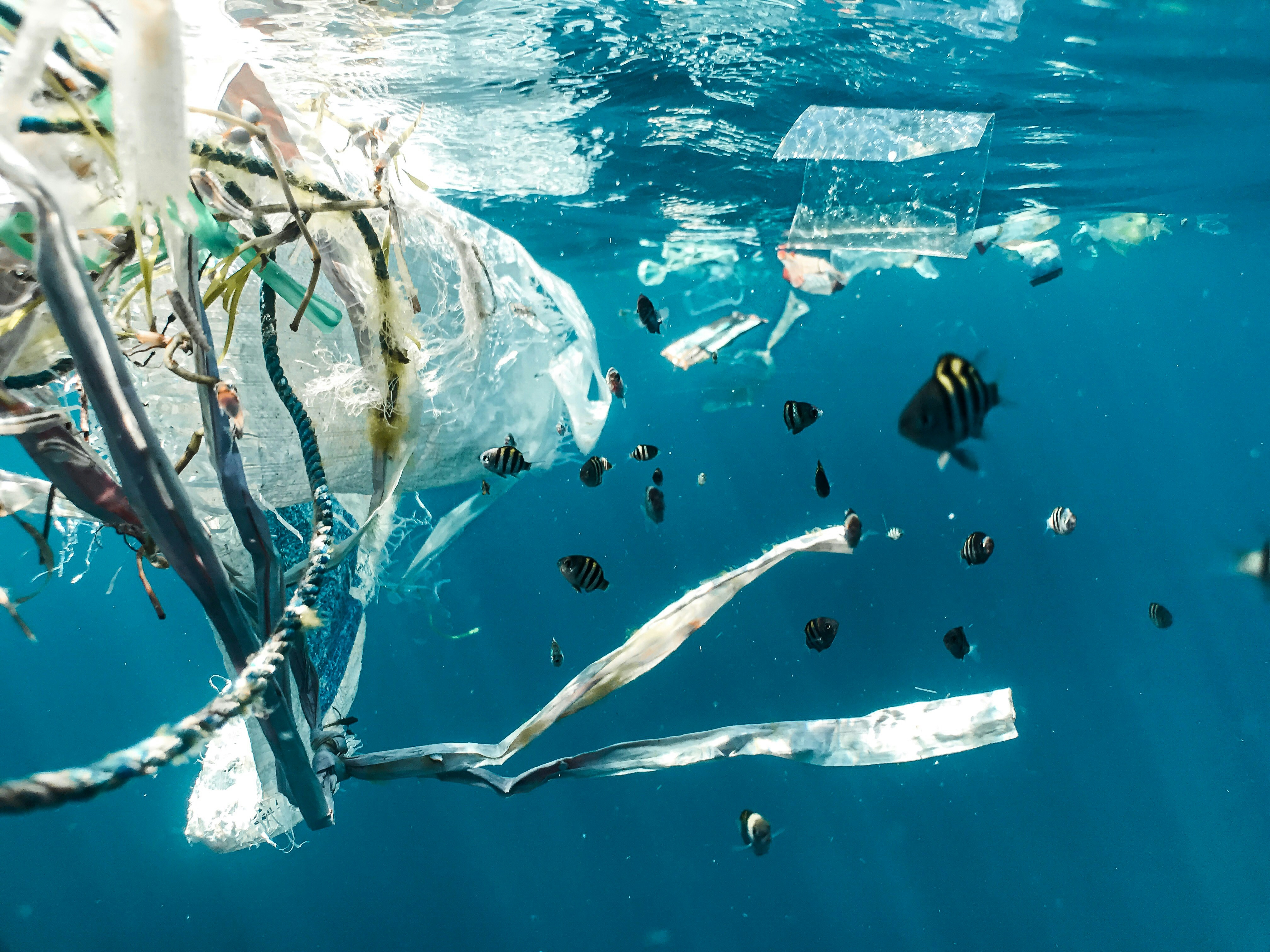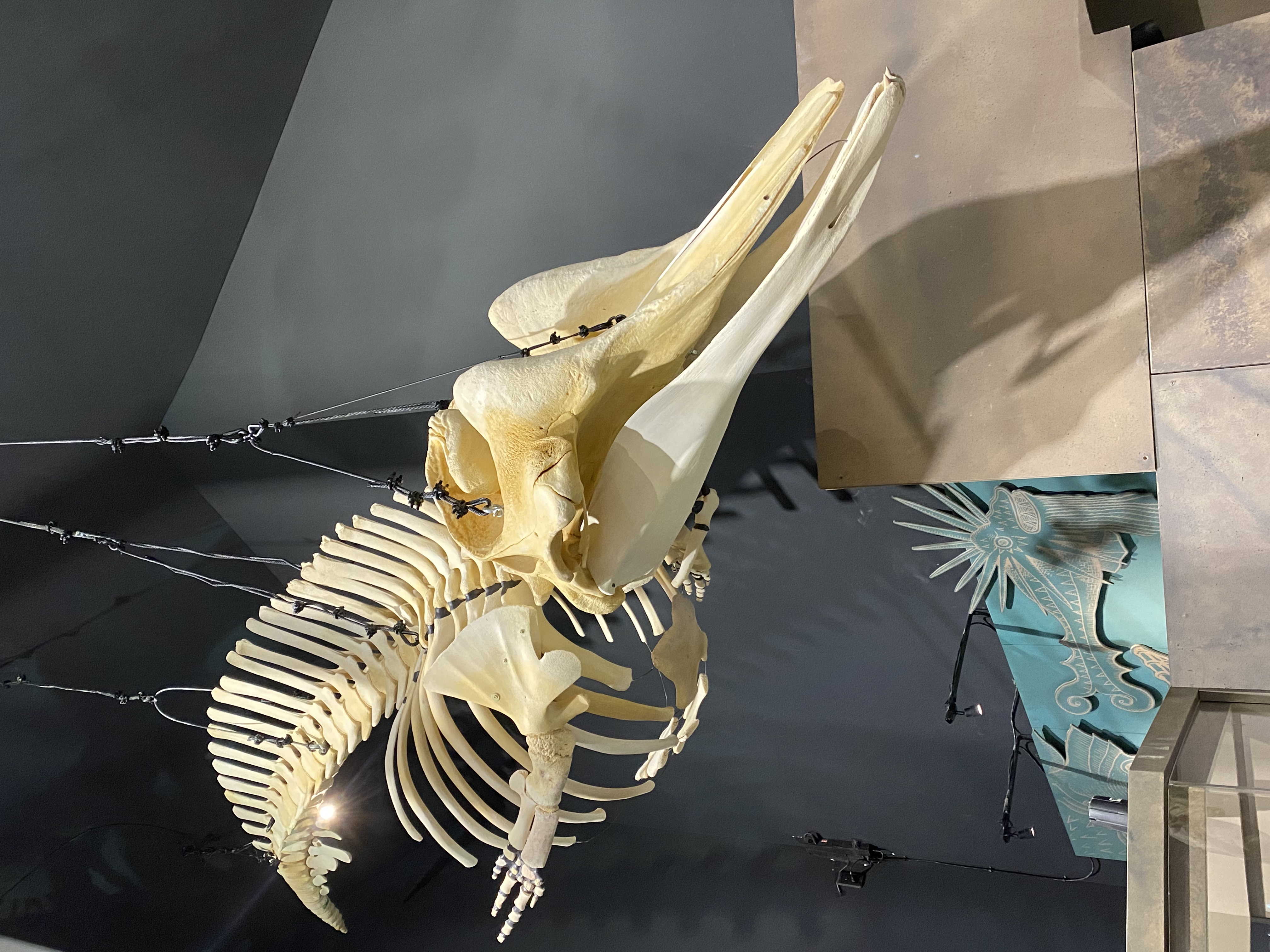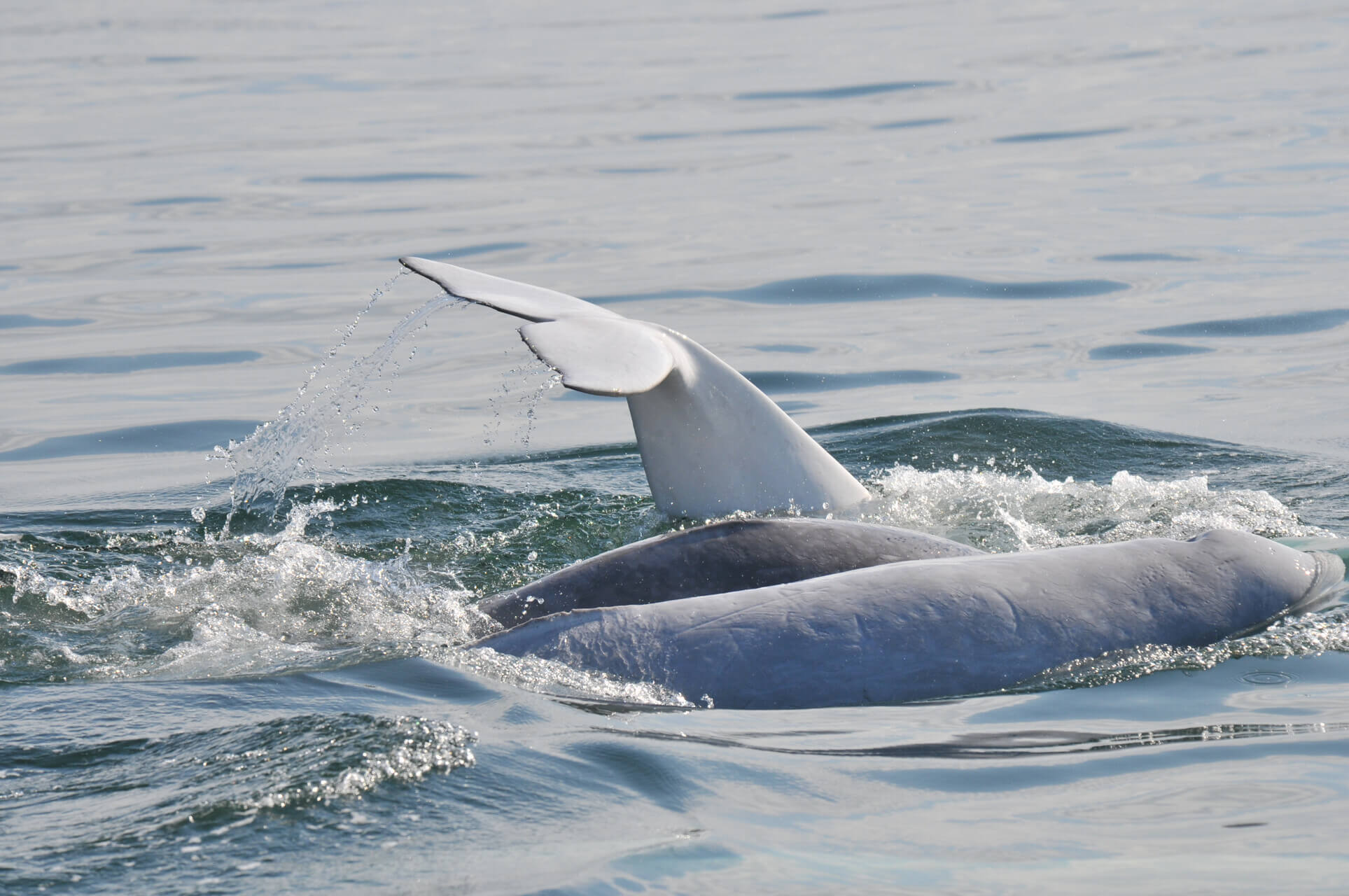Biologists are still learning to read the life history of individual whales by studying their baleen. Just like the growth rings of a tree or the geological layers of the Earth, the baleen of whales is a genuine archive that can teach us volumes.
Baleen whales, even though some can weigh up to 135 tonnes and measure over 25 metres long, are difficult to monitor. Some travel thousands of kilometres every year, dwarfed by the vastness of the ocean depths and out of sight for researchers. For many species, some of which are endangered, a multitude of enigmas remain regarding their seasonal habitats, migration routes, reproduction and the threats they face.
In order to better understand these whales, scientists have developed various techniques in recent decades. Most of these methods, including observing animals from boats, planes, or (more recently) drones, as well as the analysis of feces or water and oil droplets expelled during respiration, only provide insight into a whale’s state at the time the data or samples are collected.

In the late 1980s, scientists discovered that certain events in a whale’s life leave biochemical traces in its baleen. Baleen represents a treasure chest of information of the last years of the animal’s life. Information on the scale of months or even weeks can be collected. The farther from the gum, the farther back in time. The length of the baleen varies depending on the species. In minke whales, for example, rarely is it possible to go back more than a year, while in blue and fin whales, this figure is 4 to 5 years. In North Atlantic right whales and bowhead whales, scientists can trace back 10 to 25 years!
Researchers have analyzed a number of compounds accumulated in baleen, including progesterone, a hormone involved in pregnancy; cortisol, a stress hormone; and stable isotopes of nitrogen and carbon, which vary according to the type of prey ingested and the area where the animal has fed.
In a study published in May 2016, researchers analyzed the progesterone levels in the baleen of two North Atlantic right whales that perished following a collision with a ship. Both individuals had been observed with newborns in the past few decades. Researchers found dramatically higher progesterone levels in sections of baleen produced when these individuals were in gestation (pregnant). This finding demonstrates the potential of baleen to better understand the reproductive biology and history of baleen whales.
When a large rorqual is found stranded on the shores of the St. Lawrence, Véronique Lesage (MLI-DFO) and her team travel to the scene to retrieve the baleen. As an important witness to the past, this baleen is then examined in the laboratory. The team studies steroid hormones – including progesterone – to pinpoint the interval between births and better understand the reproduction history. Researchers combine these tests with analyses of mercury and certain stable isotopes found in baleen, which allows them to track the movements of animals between areas that differ in these characteristics and thereby monitor migrations or non-migrations. Stable isotopes are also used to examine the diets of large rorquals and the seasonal and inter-annual variations of these diets.
Researchers are thus hopeful that by analyzing the compounds accumulated in baleen, they will succeed in coming years in unravelling a number of mysteries surrounding these whales.
Sources:
To learn more:
On Whales Online:
Does baleen ever stop growing? (in French)





